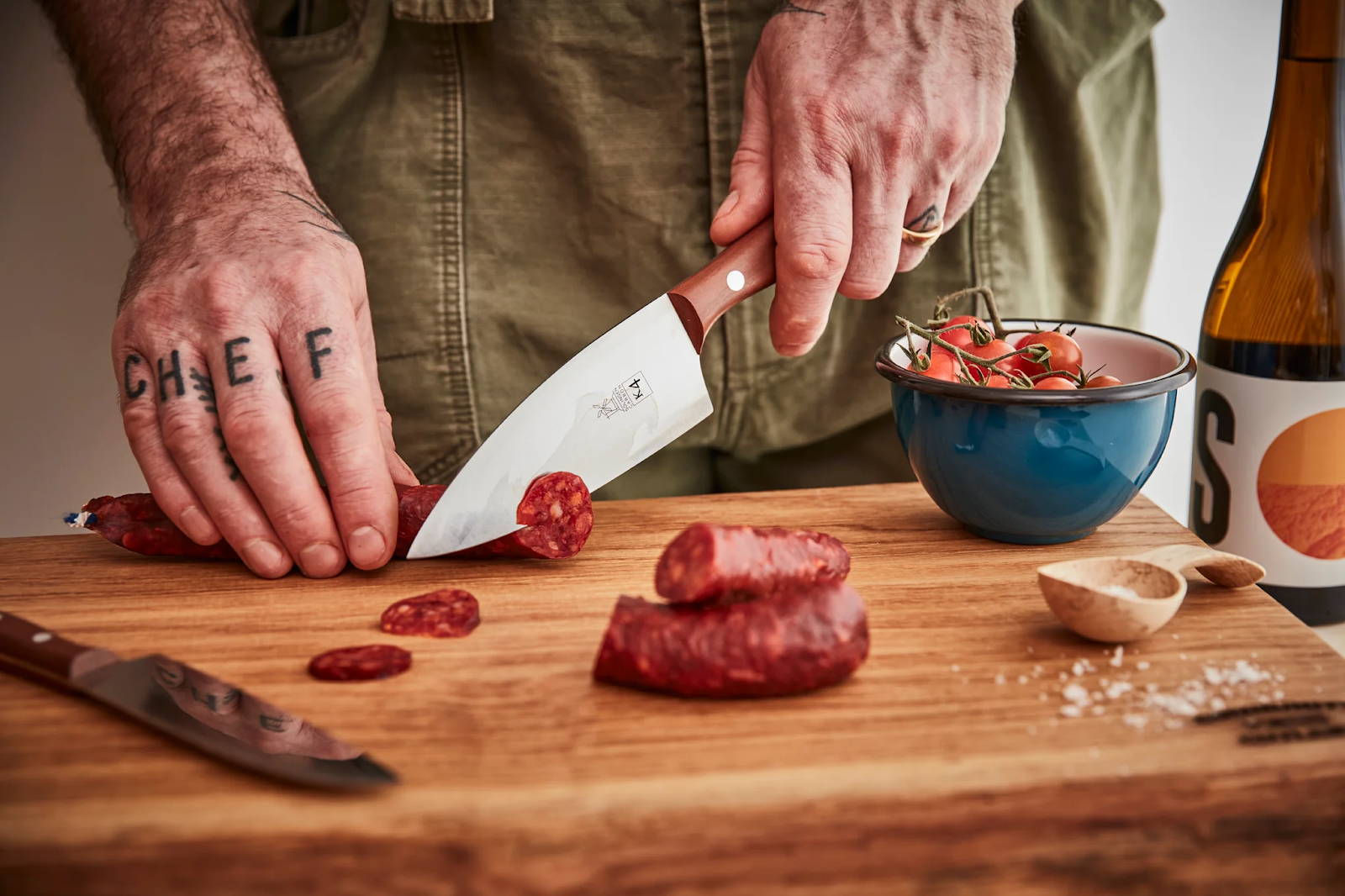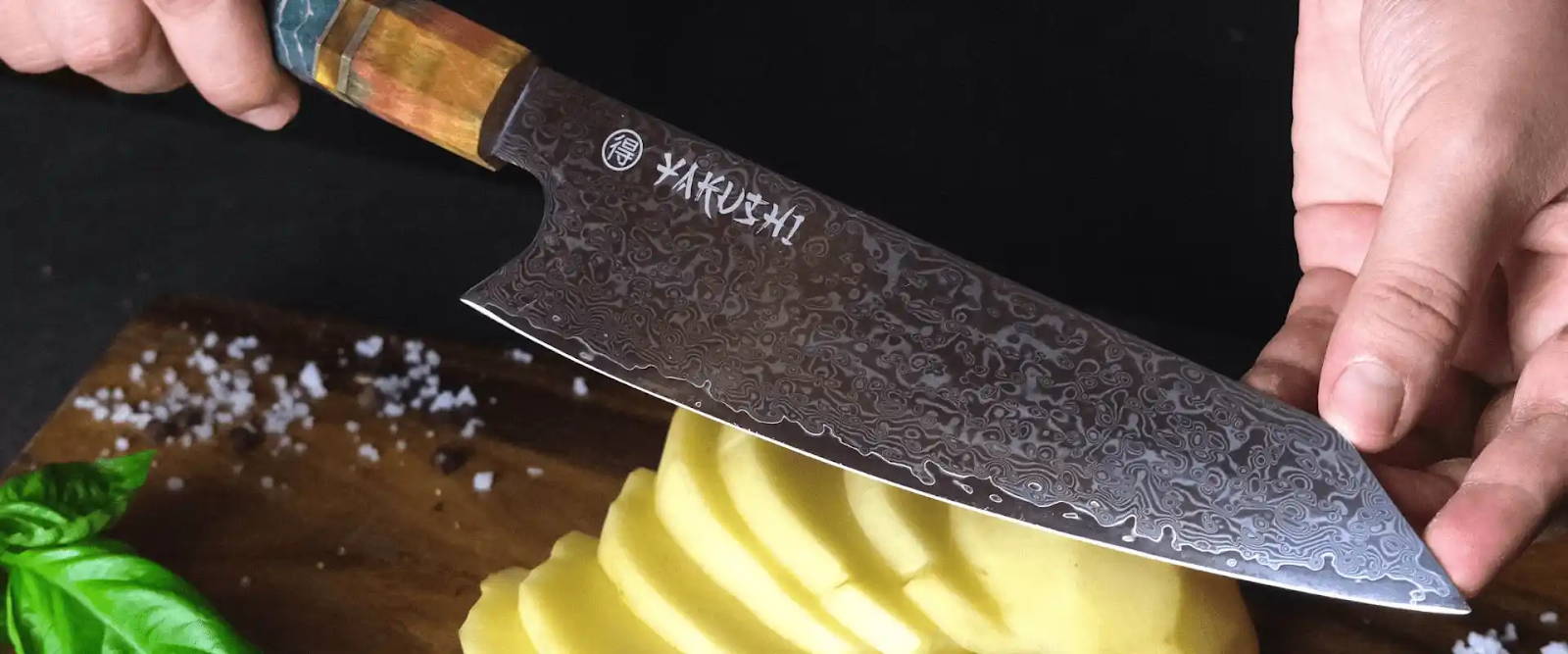A fundamental contrast between Japanese and Western knives lies in the steel utilized for the construction of their blades. Japanese knives are commonly made using harder steel, enabling them to retain a razor-sharp edge for years. Knives may have HRC (Rockwell Hardness Scale) ratings ranging from 50 to 65.
Japanese stainless steels like SG2 attain HRC ratings ranging from 62 to 64, positioning them among the toughest stainless steel knives available. Western steel, like SK carbon or AUS8, has HRC ratings ranging from 54 to 58, considered relatively soft compared to their Japanese look-alikes. This is why Japanese blades are preferred, as they do not require constant sharpening.




Leave a comment
This site is protected by hCaptcha and the hCaptcha Privacy Policy and Terms of Service apply.